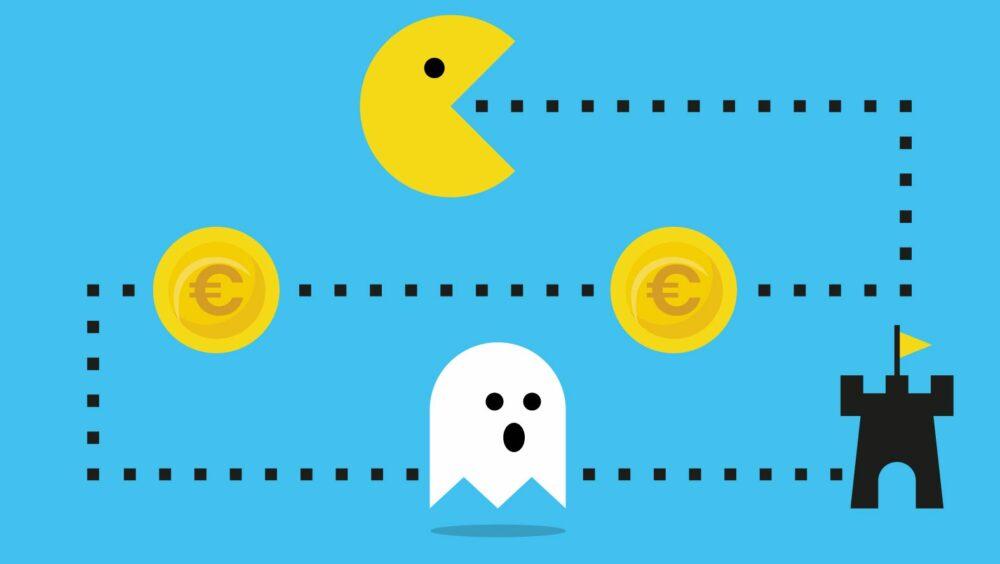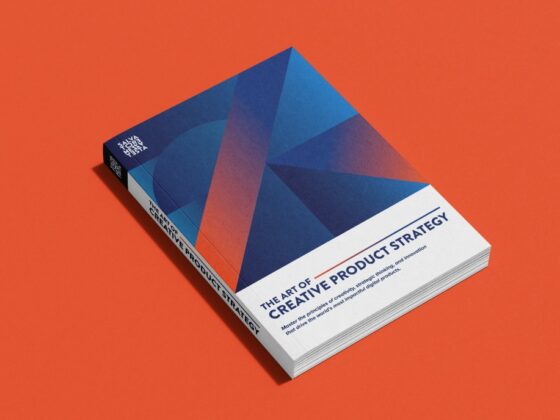In the ever-evolving landscape of user experience (UX) design, staying ahead requires innovative approaches that captivate users and keep them engaged. One such strategy that has gained immense traction is gamification. By infusing elements of game mechanics into UX, businesses can create compelling and interactive experiences that resonate with users on a deeper level.
In this article, we’ll explore the power of gamification, its impact on user engagement, and how to seamlessly integrate it into your UX strategy and increase the user engagement of your product.
Understanding Gamification in UX Design

Gamification isn’t just about turning every interaction into a game. It’s about leveraging psychological principles that trigger motivation, competition, and a sense of achievement.
Imagine if your app rewarded users with points for completing tasks, displayed progress bars, or featured leaderboards to showcase achievements. These elements tap into users’ intrinsic desires and keep them hooked to your product.
Enhancing User Engagement through Gamification

Imagine a fitness app that transforms workouts into a quest to conquer challenges and earn virtual rewards. By doing so, the app taps into users’ desire for achievement and recognition, making exercise more enjoyable and motivating.
When users feel a sense of accomplishment, their engagement and loyalty skyrocket. Gamification creates an emotional connection between users and your product, fostering a deeper bond.
Examples of Famous Apps Leveraging Gamification

Several well-known apps have successfully integrated gamification into their UX strategies, resulting in increased user engagement and loyalty.
Take “Duolingo,” for example. This language-learning app gamifies the process of learning by presenting language course challenges that users can complete and score points on. The competition and achievement aspects make language learning feel like an exciting journey.
Similarly, “Google Maps” employs gamification in its review system. Users who leave reviews and provide valuable feedback are rewarded with points, contributing to their reviewer rank. This rewards users for their contributions and motivates them to participate actively, thereby enhancing the overall quality of reviews and the app’s user experience.
Integrating Gamification into Your UX Strategy

- Start with UX Research: Before incorporating gamification, delve into your users’ behaviors, preferences, and pain points. Understanding their motivations will help tailor gamified elements that resonate with them.
- Define Clear Objectives: Outline your goals for implementing gamification. Do you want to increase user engagement, boost retention, or encourage specific actions? Define success metrics to track your progress.
- Identify Gamified Elements: Identify areas within your product where gamification can be seamlessly integrated. Whether it’s completing tasks, reaching milestones, or collaborating with others, align gamification with your users’ interactions.
- Design for User Experience: Gamification should enhance, not overshadow, the overall user experience. Ensure that the gamified elements are intuitive, visually appealing, and consistent with your brand.
- Rewards and Recognition: Offer rewards that align with users’ intrinsic motivations. Consider badges, points, virtual goods, or exclusive content. Recognizing users’ achievements fosters a sense of pride and encourages continued engagement.
- Progress Tracking and Feedback: Implement progress indicators to provide users with a sense of advancement. Additionally, offer real-time feedback and celebrate their successes to maintain their enthusiasm.
- Social Interaction: Enable users to share their achievements on social media platforms. This not only amplifies their sense of accomplishment but also introduces your product to a wider audience.
Improved User Engagement and User Retention

Imagine a mobile banking app that rewards users with badges for consistently saving money or meeting financial goals. By turning financial management into a rewarding challenge, the app encourages users to stay engaged with their finances. This improved user engagement not only boosts customer loyalty but also provides valuable insights to further product strategy.
Conclusion
Incorporating gamification into your UX strategy is a powerful way to transform mundane interactions into engaging experiences. By tapping into users’ intrinsic motivations and desires for achievement, you can create products that resonate on a deeper level.
Remember that effective gamification is about enhancing the user experience, fostering a sense of accomplishment, and increasing user retention. As you embrace gamification, you’re not just designing products—you’re crafting immersive journeys that users will eagerly embark on time and time again.



